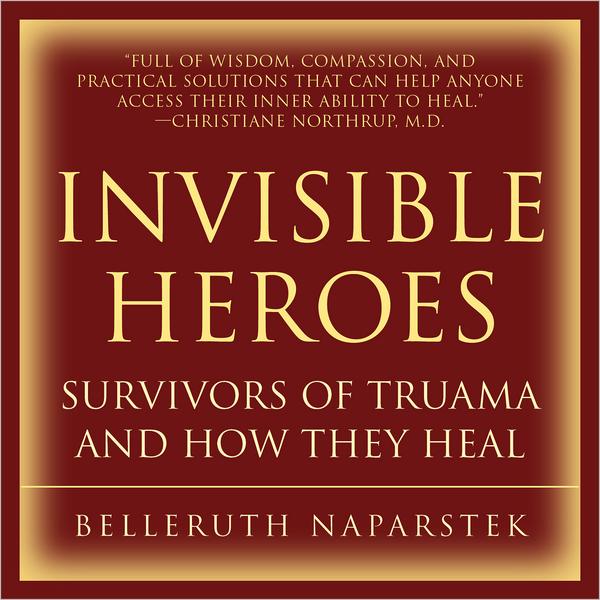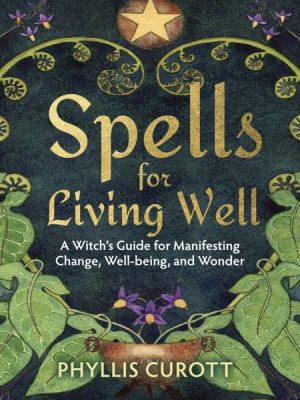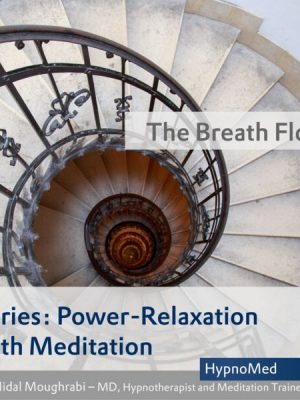If you or someone you love has suffered a traumatic event, you know the devastating impact it can have on your life and your spirit. Life-threatening accidents, illnesses, assaults, abusive relationships—or a tragedy like 9/11—all can leave deep emotional wounds that persist long after physical scars have healed. Survivors become ‚invisible heroes,‘ courageously struggling to lead normal lives in spite of symptoms so baffling and disturbing that they sometimes doubt their own sanity. Now there is new hope for the millions affected by posttraumatic stress disorder (PTSD). Drawing on more than thirty years‘ experience as a therapist and on the most recent cutting-edge research, Belleruth Naparstek presents a clinically proven program for recovery using the potent tool of guided imagery. She reveals how guided imagery goes straight to the right side of the brain, where it impacts the nonverbal wiring of the nervous system itself, the key to alleviating suffering. Filled with the voices of real trauma survivors and therapists whose lives and work have been changed by this approach, Invisible Heroes offers: · New understanding of the physical, cognitive, emotional, and behavioral effects of PTSD, who is most susceptible, and why symptoms can get worse rather than better with time · Important insights into how the brain and body respond to trauma, why conventional talk therapy can actually impede recovery, and why the nonverbal, image-based right brain is crucial to healing · A step-by-step program with more than twenty scripts for guided-imagery exercises tailored to the three stages of recovery, from immediate relief of anxiety attacks, flashbacks, nightmares, and insomnia, to freedom from depression and isolation, to renewed engagement with life · A helpful guide to the best of the new imagery-based therapies, and how to incorporate them into an overall recovery plan Belleruth Naparstek concludes with the inspiring words of survivors. Written and narrated by Belleruth Naparstek, this is the complete, uncondensed reading of Invisible Heroes: Survivors of Trauma and How They Heal – with a foreword by neurologist Robert Scaer. Track Names/Numbers: 1. Foreword 2. Introduction 3. The Many Faces of Trauma 4. A Life Threatening Illness 5. A Survivor of Rape 6. A Chronicler of Horror 7. Frannies Undoing 8. Worsening Symptoms 9. Stone Metaphor 10. Fierce Undoing Symptoms 11. Acute Stress Reactions 12. Symptoms Resurfacing 13. The Retreat of Fairness 14. Shattered Identity 15. Who Suffers New Research 16. Perpetrating Violence 17. Survivor Traits 18. Children 19. Reactions Around Trauma 20. Drinking and Intoxication 21. Physical Effects – Chain of Events 22. Blasted By Biochemicals 23. The Freeze Response 24. A Vicious Cycle of Kindling 25. Cognitive Effects of Trauma 26. Time Distortion 27. Dissociation 28. Psychic Opening and Precognition 29. Emotional Effects: The Toll 30. Terror Anxiety and Panic 31. Rage 32. Shame and Humiliation 33. Despair 34. Heart Ripped Open 35. Behavioral Effects – Client Linda 36. Avoidance and Isolation 37. Disrupted Relationships 38. Reenactments and Flirting 39. Substance Abuse 40. Impaired Volition 41. How and Why Imagery Heals Gentle but Powerful 42. Mom Blankies… 43. The Right Brain Connection 44. Fighting Trance with Trance 45. Sidestepping Word Traps 46. Serotonin 47. Spiritual Connection 48. Spontaneous Imagery 49. Scripted Imagery Vs Self 50. Scripted Imagery Vs Basics 51. Pointers for the Listener 52. Guided Imagery: Where to Start 53. Guided Imagery – Stage One 54. Guided Imagery – Stage Two 55. Guided Imagery – Stage Three 56. Other Imagery Therapies Alphabet Therapies 57. TFT 58. WHEE 59. TIR 60. VKD 61. TPR 62. Ten Ingredients for Healing – Ten Pronged Approach 63. Healing the Wounds of War 64. An Anchor Therapist 65. Self Soothing Practice 66. Surprise Blessing Gifts in the Rubble – Generosity 67. Conclusion
Medium: Audio Books
Bildformat:
Studio: Hay House
Erscheinungsdatum:










